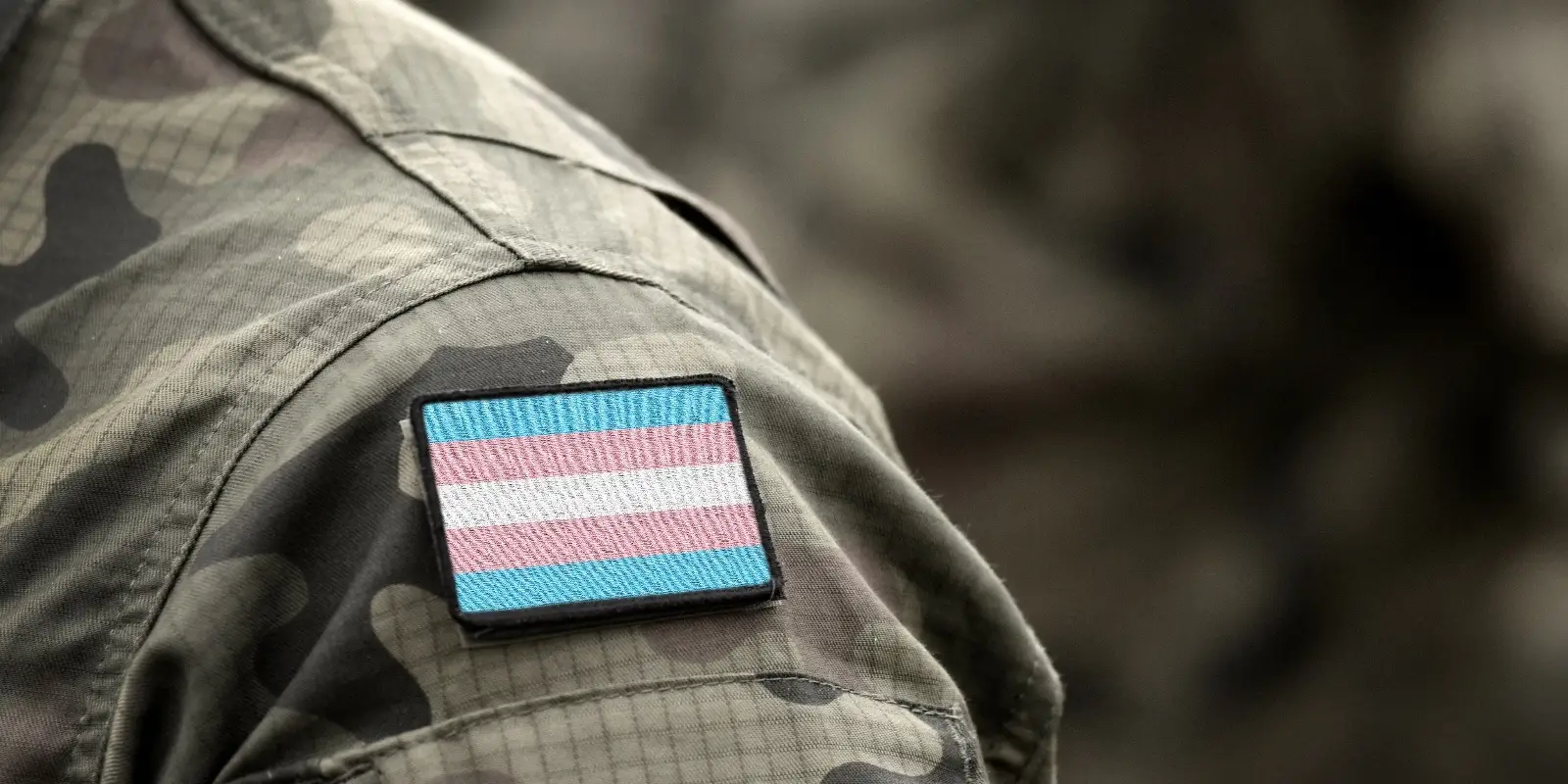TRUMP'S TRANSGENDER BAN IN THE MILITARY GETS SUPREME COURT APPROVAL

President Trump signed an executive order in January to implement new policies related to transgender service members. This resulted in much backlash, as Trump signed an executive order without really studying the effectiveness of transgender service members during the past years, including the transgender ban in the military.
However, the transgender ban in the military was granted by the U.S. Supreme Court on May 6, 2025, allowing the administration to freely implement the ban. As a result, there will be thousands of transgender troops who will be discharged, and no transgender members will be recruited.
Trump’s Policy Changes and Implications
As soon as Trump returned to office, he signed an executive order for a new policy for transgender people in the military, as he stated that being transgender is “not consistent” with being a service member of the military. According to Trump, being transgender in the military could conflict with a Soldier's commitment to an honorable, truthful, and disciplined lifestyle.
Trump wanted to reflect the military in his administration by being strong-fisted. This policy is now effective as recruits who self-identify as transgender are not eligible to process for enlistment at this time, according to the memo released by Trump’s administration.
To avoid having potential conflict in application sites in line with the transgender ban in the military, recruiters are advised that if they are unsure if the applicant is transgender, they must proceed with the application and let the Military Entrance Processing Station deal with the issue. They also added a script in the memo provided to prevent any violent reaction from transgender applicants to keep it professional.
The Potential Impact on Transgender Servicemembers
The transgender ban in the military could have a negative impact, as loss of employment could increase mental health struggles. This policy also presents the possibility of disrupting the lives of transgenders who dedicated themselves to serving in the military for the benefit of the country.
While this impacts the military branch by losing some experienced personnel, as many of the transgender who joined the military under Biden’s administration are trained to be excellent, this policy leads those experienced members to voluntarily leave the military as they fear they will be harassed or such.
This policy could also damage the military readiness and cohesion, limiting qualified applicants. It also presents the possibility of contradicting the military values of meritocracy, as they stated, “People should be judged by their competence, their character, and their capability.”
The Military Transgender Ban is Granted
After Trump’s executive order, six transgender military personnel and two transgender individuals took to challenging President Trump’s decision in court.
In March, a federal district court issued a nationwide preliminary injunction that blocked Trump’s executive order on the transgender ban in the military. It was applied to any similar situation outside of the country as well.
But today, the court has granted the Justice Department’s request to lift the nationwide order.
"A man's assertion that he is a woman, and his requirement that others honor this falsehood, is not consistent with the humility and selflessness required of a service member," Trump's directive stated.
The LGBTQ rights groups Lambda Legal and Human Rights Campaign Foundation called the Supreme Court’s decision a, "devastating blow to transgender servicemembers who have demonstrated their capabilities and commitment to our nation's defense." They are also helping the six transgender military personnel and two transgender individuals who challenged Trump in court.
In addition to their statement, they said that the court has, "sanctioned a policy that has nothing to do with military readiness and everything to do with prejudice.”
The Historical Context of LGBTQ+ Policies in the Military
This transgender ban in the military is not new, as on August 25, 2017, Trump signed a presidential memorandum on military service by transgender individuals with the intent of preventing transgender individuals from serving in the U.S. military for the reasons that he believed the government would be a financial burden due to sex reassignment procedures and associated costs.
Below is the historical context of LGBTQ+ policies in the military:
- 1982: The Department of Defense released a policy stating that homosexuality is incompatible with military service, resulting in an average number of military service members being discharged annually on the basis of their sexual orientation.
- 1988: The Department of Defense and Defense Personnel Security Research in Education Center undermined the statement in 1982, as they provided research that found being gay or lesbian in the military assures no significant risk to security.
- 1993: Former President Bill Clinton signed a policy named “Don’t ask, don’t tell,” which banned openly gay and lesbian people from joining the military unless they stayed “closeted."
- 2011: Former President Obama revoked Clinton’s policy to let homosexuals serve openly.
- 2015: The Military Equal Opportunity Policy has been modified to let homosexuals be included in military service, as announced by Secretary of Defense Ash Carter.
- 2016: Eric Fanning is openly gay and was appointed as secretary of the Army, making him the first openly gay secretary of a U.S. military branch.
Trump’s transgender military ban prevents any member of the LGBTQ+ community from joining the military. Few have challenged this decision in court, as it prevents them from exercising their constitutional rights.
At that time, many successfully denied Trump's decision-making on the ban, which enabled a few transgenders to still join the military; however, as it continued, the ban was effectively concrete. But after that time, Biden’s administration revoked the policy to enable transgender people to join again, but when Trump returned to office he reinstated the ban, which is now taking effect.
What Is Coming Next After the Grant?
GLAAD President Sarah Kate Ellis stated that there is nothing new with this policy or ban against LGBTQ+ individuals, as many years they have faced discrimination under Clinton’s military policy, which forced them to hide their identity, which Trump did the same in his first term. Ellis added that Trump’s administration is being discriminatory and inaccurate by targeting transgender people who served or who are serving in the military with honor to protect our country and keep the military safe and stronger.
Press Secretary Karoline Leavitt said that the court’s decision was a big victory for Trump, and the him and Hegseth are, “restoring a military that is focused on readiness and lethality - not DEI (diversity, equity and inclusion) or woke gender ideology."
Now, the Pentagon has provided guidance to make sure the executive order is being implemented. They are disqualifying 4,240 transgenders in the military who have “gender dysphoria.”
There are some uncertainties, but transgender ban in the military is expected to be ruled on in a major transgender rights case by the end of June, and even though the court has already granted Trump’s order, the community will continue the fight.
Read next:
- Head of Navy Talks Naval Operations Strategy and Lists Top Tasks for 2027
- Transgender Veterans File VA Lawsuit After Yearslong Battle
- Hegseth Military Cuts Continue: Senior Military Leadership Positions Cut by 20%
Sources:
- Trump’s Ban on Trans Service Members is Challenged in Court, Reigniting a Fight That Wasn’t Settled During His First Term
- Navy Already Rejecting Transgender Recruits After Trump Order
- Trump Orders Pentagon Policy Saying Transgender Troops Are 'Not Consistent' with Military Ideals
- US Supreme Court Lets Trump's Transgender Military Ban Take Effect
SHARE:
TAGS:
JOIN OUR NEWSLETTER
Get the latest news and military discounts



